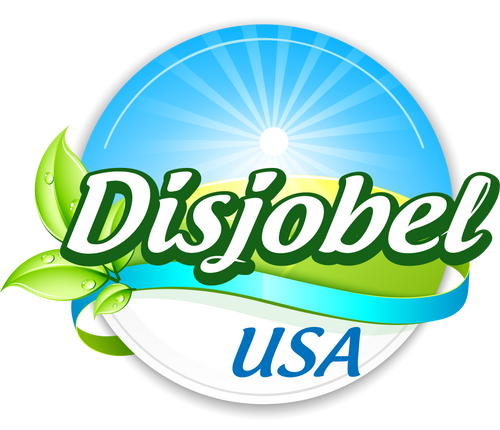In a world full of tasty bakery options, it's common to ask: how do you ensure each piece is fresh and safe for consumption? To answer this question, you will explore the essential practices used in bakeries to prevent cross contamination and maintain the highest standards in accordance with food science.
Cross Contamination: Essential Practices
This type of contamination is the unnoticed transfer of:
- Harmful microorganisms.
- Allergens.
- Contaminants from raw food that are in contact with ready-to-eat food.
Cross contamination can occur due to improper practices of:
- Handling of equipment, tools, raw material or finished product.
- Sharing of utensils between raw and cooked foods.
- Poor cleaning of surfaces.
Therefore, ensuring food safety is essential to protect health and welfare. It also involves preventing the entry of contaminants and harmful microorganisms into food. It is crucial for public health and consumer protection, especially in bakeries.
Importance of Health and Safety
Organization focused on production is crucial. Therefore, cleanliness and maintenance with high hygiene standards are paramount in bakeries, especially because ready-to-eat food is handled and processed. Thisencompasses both the physical production space and the conduct of the personnel involved.
For these reasons, meticulous attention to hygiene is vital, as the appearance of the business plays an important role in building customer confidence. Consequently, there is a great responsibility involving the health of third parties.
Complete Guide to Avoid Risks in Your Bakery
To ensure the safety and quality of your baked goods, you must follow appropriate preventive measures. Here is a practical guide to minimize risks:
Maintain Hygiene and Organization
It is crucial to maintain a clean and orderly environment to prevent cross contamination. You should also clean and disinfect utensils and work surfaces regularly. In addition, it is necessary to wash hands frequently and to prioritize using gloves and masks to prevent the transmission of harmful microorganisms.
Adequate Storage to Avoid Cross Contamination
To avoid this type of contamination, you should store all supplies separately. For example, raw foods should be stored in airtight containers and properly labeled to prevent liquids from leaking into other items in the refrigerator or freezer.
Proper Food Handling
It would be best to use lean and sanitized utensils to prevent the transfer of harmful microorganisms. Also, it is important to use spatulas and appropriate items instead of hands to mix food. Therefore, working on clean and sanitized surfaces is essential.
Temperature Control
It is essential to maintain food at safe temperatures to prevent the transfer of contaminants. Therefore, you should store and cook products properly.
Cross Contamination: Education and Training
Bakery professionals should receive adequate food safety education and training, as well as preventive measures to reduce risks in the work environment.
Are you looking to produce quality and safe products? Then, it is crucial to follow these essential practices in your bakery: maintain cleanliness, store properly, control temperatures, and train your team in food safety. This way, you'll ensure that every bite is a worry-free treat.
Bibliographical references
Bontena. (2023, 11 de octubre). Cómo Prevenir la Contaminación Cruzada de los Alimentos. Bontena: https://www.bontena.com/es/article/Como-Prevenir-la-Contaminacion-Cruzada-de-los-Alimentos
Gaux. (2023, 18 de abril). ¿Cómo mantener la higiene en panaderías? Gaux: https://gaux.eu/es/blog/como-mantener-la-higiene-en-panaderias/





















